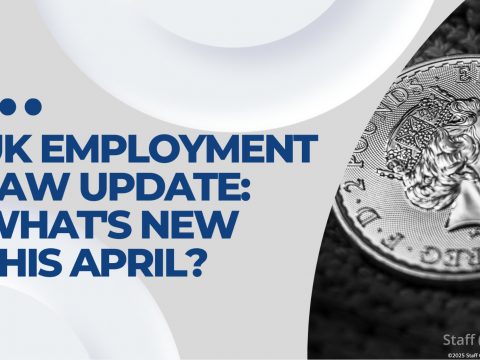- Contact us:
- 03300 535 600
- hello@staffone.co.uk
A dress code can establish the “feel” of a business but is it right to enforce that “feel” upon staff members?
While a dress code can be used by employers to make sure workers are safe and dressed appropriately, it should relate to that job and be “reasonable” in nature, such as a requirement that kitchen workers tie back or cover their hair for hygiene, if advised.
Dress codes, however, must not discriminate in respect of the Equality Act’s protected characteristics: age, disability, gender reassignment, religion or belief, sex or sexual orientation. Employers may still have health and safety reasons for having certain standards.
The debate on what is and is not acceptable to wear in a workplace has recently been brought to light by a current high-profile petition that was sparked by a woman sent home because she refused to wear high heels at work in 2016. Nicola Thorp said she was sent home from a new job at PwC after staff agency Portico required female employees only to wear high heels “between two and four inches high”, and urged the government to change the law.
Due to this petition, an inquiry into work dress codes has exposed “widespread discrimination” against women. MPS were shocked by stories that were submitted as part of the inquiry as it was debated within parliament, of women suffering discrimination in the workplace, especially young women in insecure employment which included one case of a woman who had been told to dye her hair blonde. They called on the Government to produce guidance to help employers and employees to understand the law.
“Dress codes have persisted because of ‘custom and practice’ reinforced by senior leades who grow up with these norms”
Setting up an appropriate dress code can lay a foundation for fair and equal treatment of all employees, regardless of their gender, race, religion, ethnicity or sexual orientation. Even the most rigid policies will need to consider these factors. On the other hand, the dress code can differentiate between appropriate dress for men and women, provided there is no outright discrimination. A policy can require men to wear ties and women to wear makeup, but cannot permit male employees to wear jeans while denying the same right to females.
Words courtesy: BBC News, Xamax







